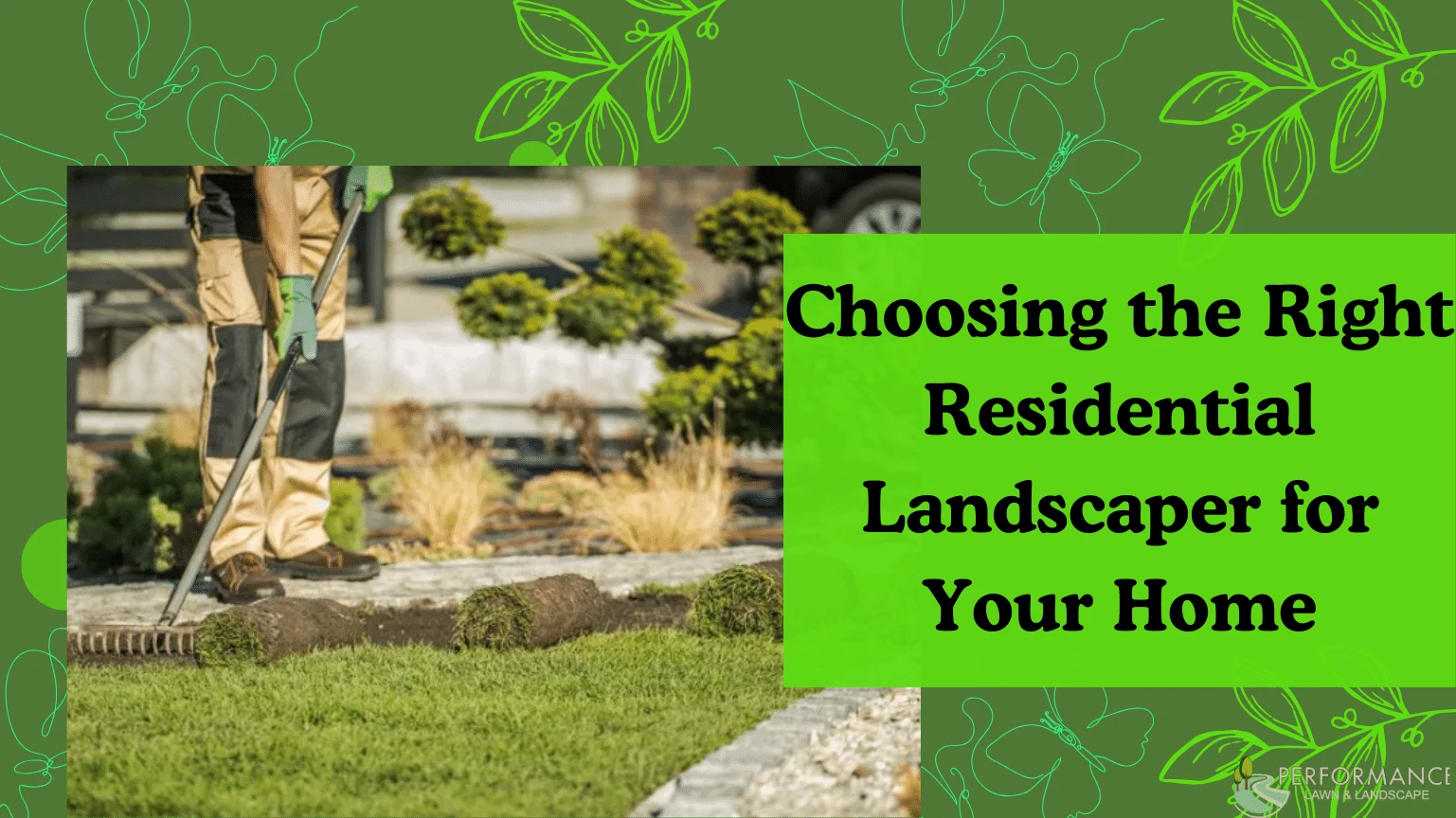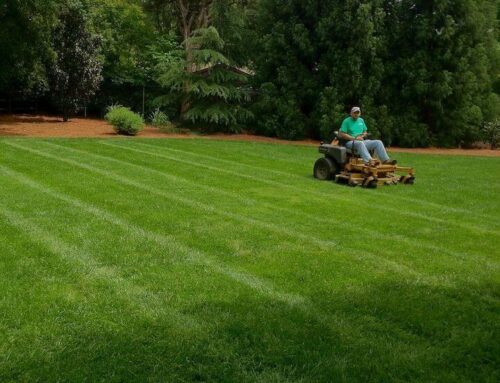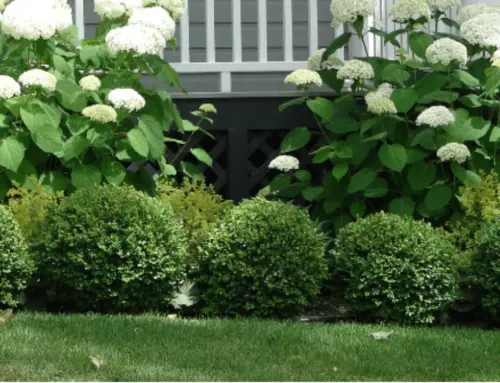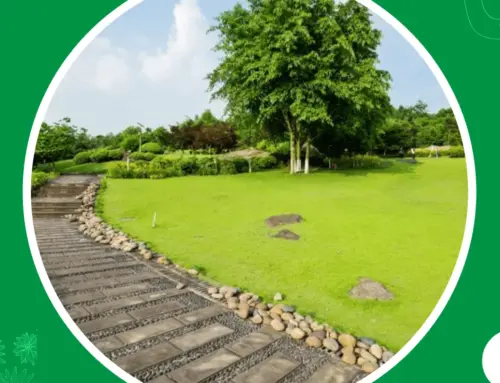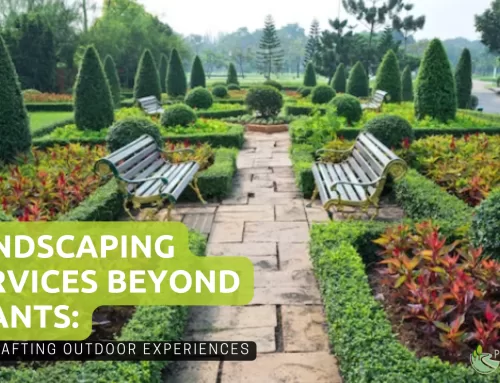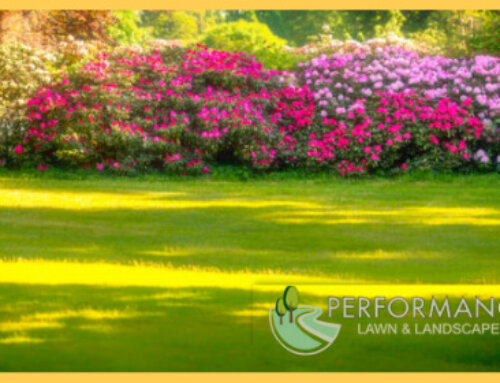Finding the proper residential gardener goes beyond cutting grass and trimming hedges. It’s about finding a partner who shares your outdoor space idea and can execute it.
A good landscaper makes your garden a reflection of your lifestyle and personality, not just a maintenance job. Thus, landscapers must be experienced, skilled, communicative, and willing to work with clients.
What should I look for in a residential landscaper?
When selecting a residential landscaper, it’s essential to consider numerous aspects to find the proper one for your needs. Here’s a list of things you should look for:
- Experience and Expertise: Look for landscapers with a proven track record and experience in residential landscaping. Check their portfolio to see examples of their work and ensure they have experience with projects similar to yours.
- Credentials and Licensing: Ensure the landscaper is licensed, bonded, and insured. This protects you in case of accidents or damages during the project.
- References and Reviews: Ask for client references and read online reviews to get a sense of the landscaper’s reputation and the quality of their work.
- Communication Skills: Effective communication is crucial for a successful landscaping project. Ensure the landscape listens to your ideas, provides input, and communicates clearly on the project timeframe, budget, and potential challenges.
- Creativity and Design Skills: Look for a landscaper with a creative eye who can design outdoor spaces that match your vision and suit your lifestyle. They should be able to provide innovative solutions to enhance your property’s aesthetics and functionality.
- Knowledge of Local Conditions: A good landscaper should understand the local climate, soil conditions, and native plant species. They should be able to recommend plants and materials that thrive in your area and require minimal maintenance.
- Attention to Detail: Landscaping involves intricate work, so choosing a landscaper who pays attention to detail and takes pride in their craftsmanship is essential.
- Contract and Pricing: Review the contract carefully to ensure it includes all the project work scope, materials, project timeline, and payment plan. Compare quotes from multiple landscapers to ensure you’re getting a fair price.
- Customer Service: Choose a landscaper who gives exceptional customer service and answers questions concerns throughout the project.
- Warranty and Guarantees: Inquire about any warranties or guarantees on their quality and the materials used. This ensures you’re protected in case of any issues after completing the project.
Considering these factors, you can find a reputable residential landscaper who will transform your outdoor space into a beautiful and functional environment that meets your needs and exceeds your expectations.
How do I communicate my vision for my outdoor space to a landscaper?
Communicating your vision for your outdoor space to a landscaper effectively ensures that they understand your preferences and can bring your ideas to life. Here’s a step-by-step guide on how to communicate your vision:
- Compile Inspiration: Gather images, magazine clippings, or examples of outdoor spaces that inspire you. This could include photos of gardens, landscapes, or features you admire. Websites like Pinterest or Houzz can help collect inspiration.
- Make a List of Priorities: Identify the key elements you want in your outdoor space, such as a patio, garden beds, water features, seating areas, or outdoor kitchen. Prioritize these elements based on their importance to you.
- Consider Functionality: Think about how you plan to use the outdoor space. Are you looking for a relaxing retreat, a space for entertaining guests, or a place for children to play? Communicate your lifestyle and any specific functional requirements you have.
- Describe Your Aesthetic Preferences: Explain your preferred style or theme for the outdoor space, whether formal, informal, modern, traditional, or rustic. Describe the colors, textures, and overall ambiance you envision.
- Highlight Must-Have Features: Identify any must-have features or elements that you want to incorporate into the design, such as specific plants, materials, or architectural details.
- Share Site Challenges or Constraints: If there are any site challenges or constraints, such as limited space, sloping terrain, or existing structures, communicate these to the landscaper. They can then tailor the design to work within these parameters.
- Be Open to Suggestions: While it’s essential to communicate your vision clearly, be open to the landscaper’s suggestions and expertise. They may have creative ideas or practical solutions that you still need to consider, which could enhance the overall design.
- Ask Questions: Don’t hesitate to ask questions if you need clarification on any aspect of the design or the landscaping process. A good landscaper will be happy to explain their recommendations and address any concerns you may have.
- Use Visual Aids: If you have sketches, drawings, or rough plans of your outdoor space, share them with the landscaper to provide a visual representation of your vision.
- Communicate Continuously: Keep the lines of communication open throughout the design and implementation process. Provide feedback as the project progresses, and don’t hesitate to voice any concerns or revisions you may have.
By following these steps and communicating openly with your landscaper, you can ensure that they understand your vision for your outdoor space and can create a design that meets your needs and exceeds your expectations.
How important is it for a landscaper to have insurance and proper licensing?
Insurance and proper licensing are paramount for landscapers for several reasons, primarily regarding legality, professionalism, and client protection.
License requirements vary by location and serve as a hallmark of credibility and competence, indicating that the landscaper has met specific industry standards and possesses the necessary knowledge and skills.
On the other hand, insurance offers a safety net, protecting both the landscaper and the client against potential liabilities related to accidents, damages, or injuries that can occur during a project. This level of protection is crucial, as landscaping often involves heavy machinery, elevated platforms, and other hazards.
From a client’s perspective, choosing an insured and licensed landscaper establishes trust and peace of mind. It assures the homeowner that the work will comply with local regulations and safety standards, reducing the risk of legal complications and financial losses.
Furthermore, should any issues or misunderstandings arise, having these formalities in place often means there are established channels for resolution. In summary, the importance of insurance and proper licensing cannot be overstated, as they are crucial to ensuring a professional, secure, and satisfactory landscaping project.
What steps can I take to ensure a landscaper understands my style and needs?
To ensure a landscaper fully comprehends your style and needs, consider the following steps:
- Collect Visual References: Gather images or examples of landscapes, gardens, or specific features that resonate with your aesthetic preferences. This provides a visual representation of your style.
- Define Your Goals: Clearly articulate your goals and intentions for the outdoor space. Discuss how you plan to use the area, whether for relaxation, entertaining, gardening, or a combination of purposes.
- Describe Your Lifestyle: Provide insight into your lifestyle and daily routines. This information can help the landscaper tailor the design to accommodate your habits and preferences.
- Identify Key Elements: Highlight any elements or features you consider essential for the design. This could include plants, materials, focal points, or functional amenities.
- Discuss Preferences: Share details about your preferred colors, textures, shapes, and overall ambiance. Communicate whether you lean towards a formal, informal, modern, or rustic style.
- Consider Maintenance: Discuss your level of involvement in landscape maintenance and your tolerance for ongoing upkeep. This can influence plant selection and overall design complexity.
- Explore Budget and Timeline: Be transparent about your budget constraints and desired timeline for the project. This helps the landscaper tailor their recommendations to align with your financial and scheduling parameters.
- Ask Questions and Seek Clarification: Don’t hesitate to ask questions or seek clarification on any aspect of the design process. Clear communication fosters mutual understanding and ensures your needs are met.
- Request Design Presentations: Ask the landscaper to present design concepts or sketches based on your discussions. This allows you to visualize their interpretation of your style and provide feedback for refinement.
- Review and Revise: Review proposed designs or plans carefully, providing feedback and requesting revisions as needed. Collaboration is critical to achieving a final design that reflects your vision accurately.
By following these steps and maintaining open communication throughout the design process, you can help the landscaper understand your style and needs, resulting in a tailored outdoor space that exceeds your expectations.
Trust Us for Your Landscaping Needs
At Performance Lawn and Landscapes, we understand the importance of creating a space that mirrors your style and meets your functional needs. Choose us today to transform your outdoor space into a beautifully landscaped haven you and your family will enjoy for years.

